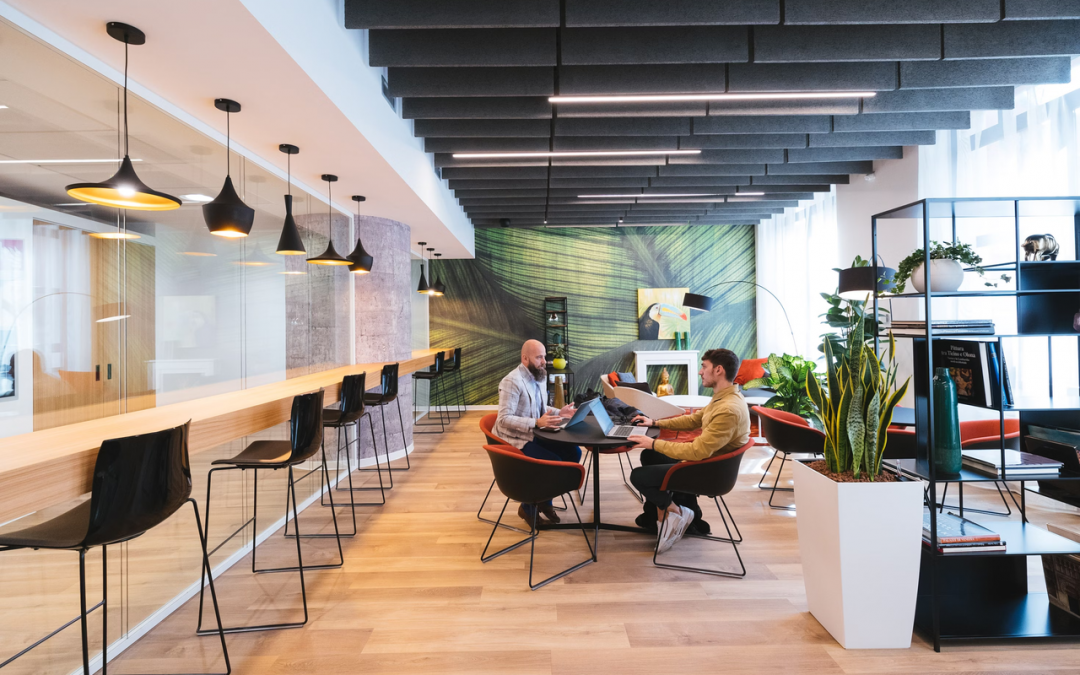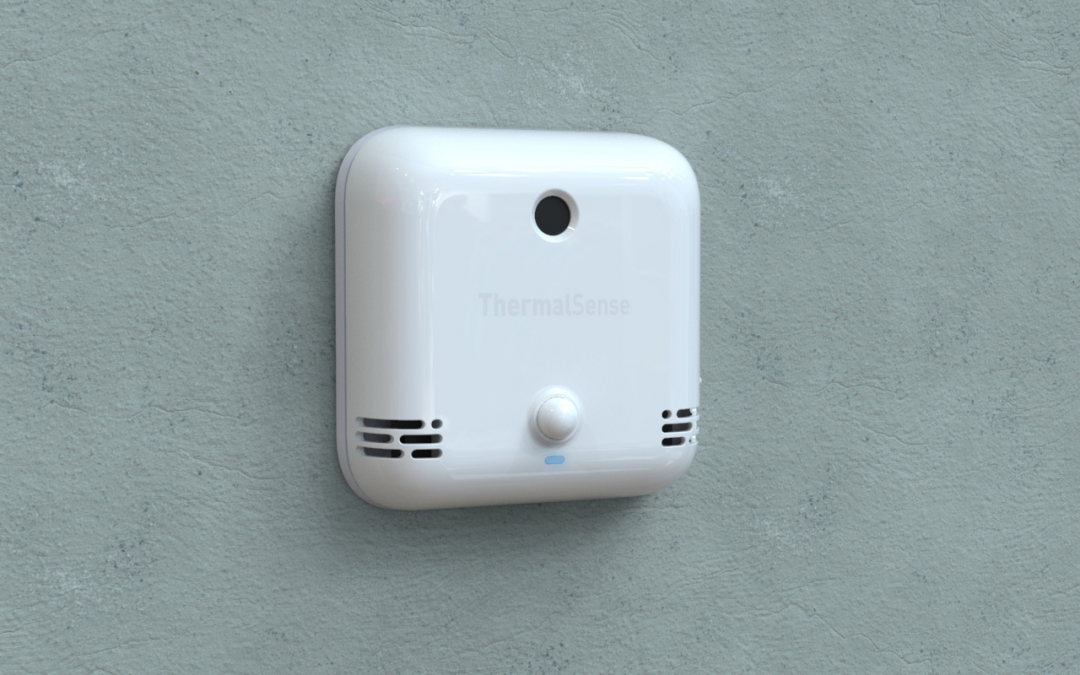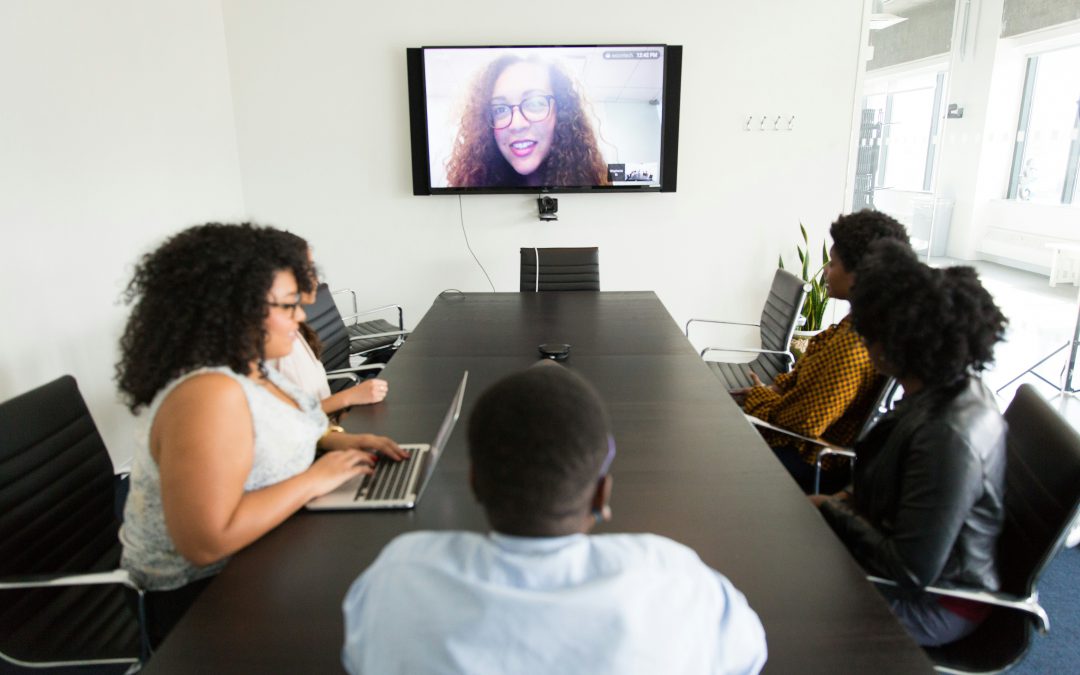In recent years, blended work has become increasingly popular as many companies realize the benefits of allowing employees to work more flexibly. Blended work models allow for remote and in-office work, benefiting employees and employers.
However, managing a blended work environment can present unique challenges. Managers must find ways to communicate effectively with remote workers, ensure employees have the technology to work remotely and use office space efficiently.
Create a Clear Communication Plan
One key strategy for managing a blended work environment is to create a clear communication plan. Effective communication is key to managing a blended work environment. It’s important to establish clear guidelines and expectations for communication and collaboration, including which tools to use and how to use them. This can help ensure everyone is on the same page and that remote workers feel included and informed.
To facilitate communication, companies can use messaging apps like Slack or Microsoft Teams that allow for real-time communication and collaboration. Video conferencing software like Zoom or Google Meet enables virtual meetings and allows remote workers to participate fully in team meetings. A meeting room booking system can also ensure everyone knows when and where meetings occur.
Implement Flexible Schedules
Another strategy for managing a blended work environment is to implement flexible schedules. Allowing employees to work flexible hours, including the option to work from home, can help improve work-life balance and boost morale. For example, companies can use a desk booking system that allows employees to reserve desks in the office ahead of time.
In addition, workplace sensors can monitor occupancy levels in the office and help ensure enough desks are available for employees who want to work there. A time tracking system can also help managers keep track of employee hours and ensure everyone is working the agreed-upon schedule.
Provide the Right Technology
Providing the right technology is also important for managing a blended work environment. Providing the right technology to enable remote work is important in a blended work environment. This includes laptops, high-speed internet, and collaboration tools such as video conferencing software.
Cloud-based software that can be accessed from anywhere, allowing remote workers to collaborate with in-office employees seamlessly, can be helpful. A virtual private network (VPN) can help remote workers access the company network securely. Ergonomic office equipment, including adjustable desks and chairs, can help prevent injury and improve comfort for in-office workers.
Use Space Efficiently
Using space efficiently is another key strategy for managing a blended work environment. Hot desking, which allows employees to use any available desk on a first-come, first-served basis, can help reduce the amount of unused space in the office.
Companies can use a desk booking system that allows employees to reserve desks in advance and ensures enough desks are available for everyone who wants to work in the office. Workplace sensors can monitor occupancy levels in the office and help ensure that space is used efficiently. A meeting room booking system can also ensure that meeting rooms are used efficiently.
Ensure a Healthy Work Environment
Finally, companies must ensure that the office is a healthy workplace. In a blended work environment, it’s important to implement cleaning and disinfecting protocols, provide hand sanitizers, and encourage sick employees to stay home. Workplace sensors can monitor air quality and temperature in the office and help ensure the environment is comfortable and healthy. A desk booking system that allows for cleaning and disinfecting between uses can ensure that desks are clean and ready for the next user. A visitor management system can help ensure that anyone entering the office is healthy and does not risk spreading illness.
In conclusion, blended work has become increasingly popular as more companies realize the benefits of allowing employees to work more flexibly. However, managing a blended work environment can present unique challenges. Companies can effectively manage people and space in a blended work environment by implementing strategies such as creating a clear communication plan, implementing flexible schedules, providing the right technology, using space efficiently, and ensuring a healthy work environment.
These strategies can help improve work-life balance, boost morale, increase productivity, and reduce costs. By embracing the blended work model and utilizing the right tools and strategies, companies can create a workplace that benefits employees and employers.
Do you want to see how a workplace solution help blended work setup? Watch ProSpace in action! Connect with our workplace experts here. See for yourself how our meeting room booking system, desk booking system, and other workplace solutions can help your office work smarter.






